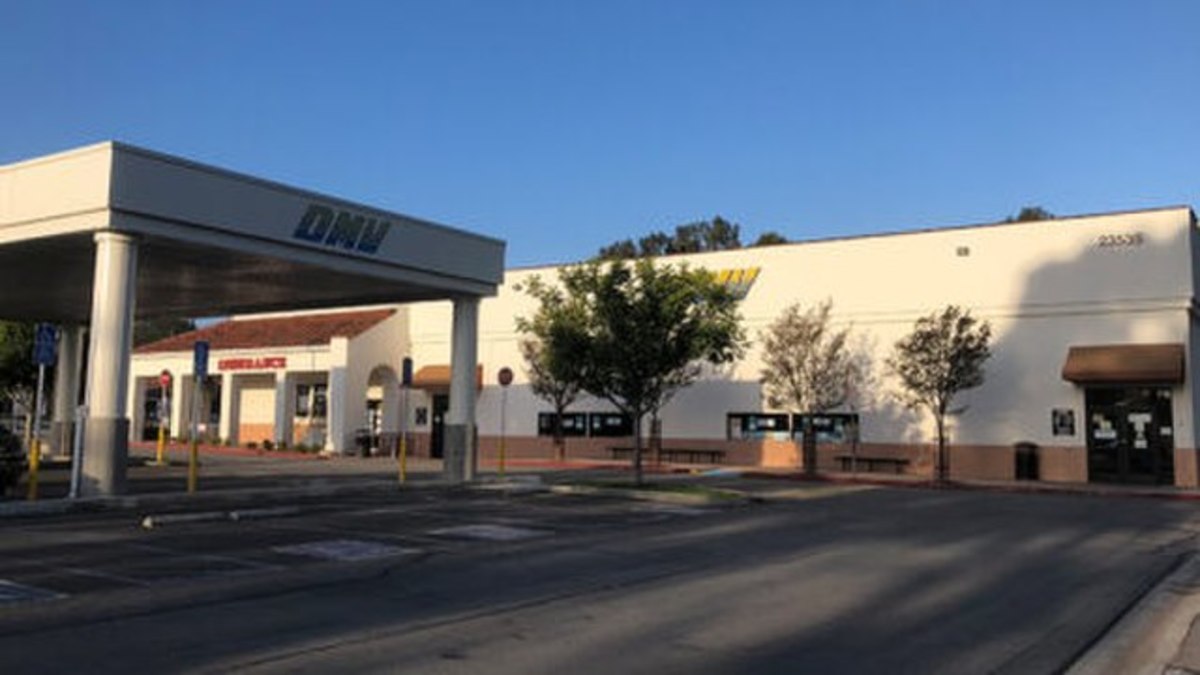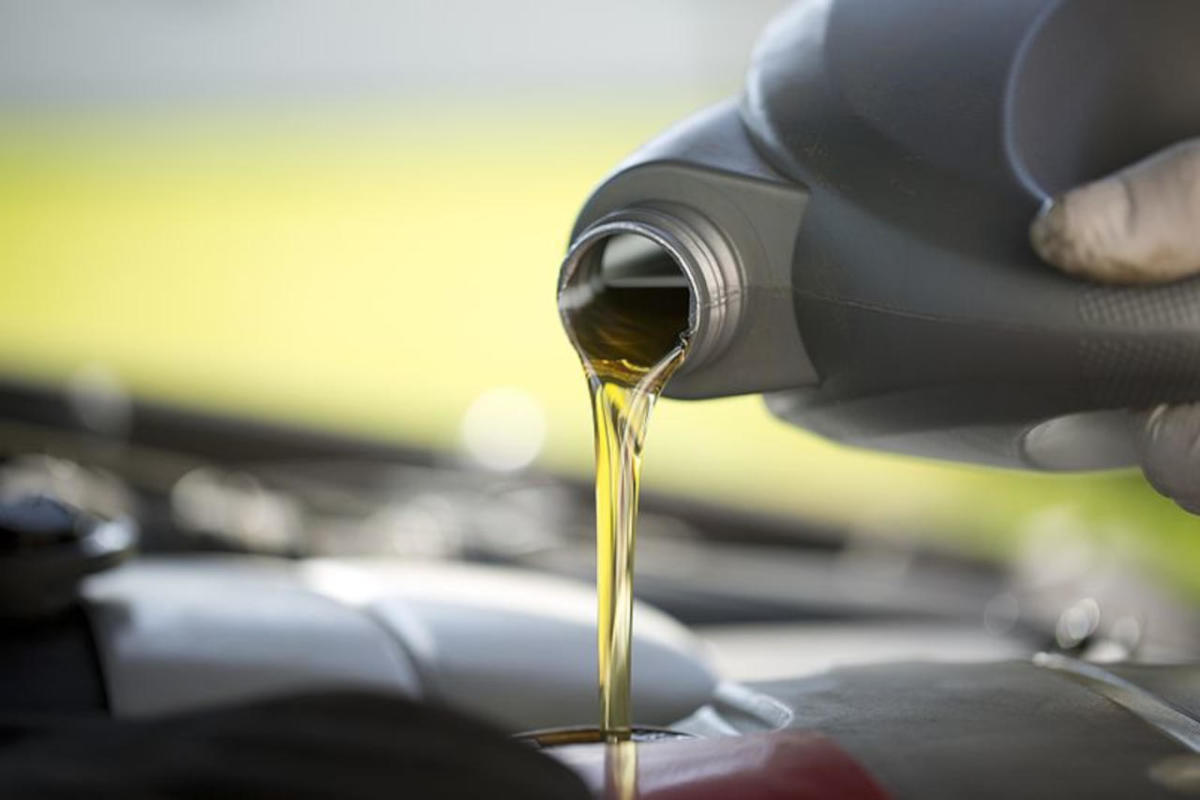The Original Hybrid Car
Oil Embargo
Gasoline prices are going down! Have you seen it? OK, stupid question. How could you have helped but seen it? Prices have retreated somewhat from the insane, and are approaching the merely ludicrous. They started out dropping a few cents a week, or at about ten percent of the pace they were going up earlier this year, but recently have come down quite a bit.
Anyway, we are still feeling some "pain at the pump" and this combined with the other facets of the weak economy are driving demand down, and prices are falling with it. I watched an analyst on TV earlier saying prices should be more friendly for a few months, and then? Well who knows?
But as some will remember, this is not the first time Americans have gone through something of this nature. Those of us who have been around for a number of years can recall the first time this happened was the resutl of the Arab Oil Embargo in ninteen seventy-three. In response to the the US/Japan/Western Europe support of Israel during the Yom Kippur War, the OPEC nations decided to stop shipping oil to America. In addition, they also used their unity to influence oil prices upward, and consumers started paying more.
Now this was compounded by a general lack of fuel effeciency in the vehicles being built by our manufacturers during that time frame. I remember as a budding young driver in the sixties, that good gas mileage was considered by a lot of people to be in the fourteen to sixteen mpg range. Then with all the concerns regarding smog and air pollution, the Big Three started working on emissions controls, and ironically, mileage fell down through the slats. I knew a number of the locals who bought Chevys or Fords in seventy-one or seventy-two remarking their gas mileage in a light pick up truck was running about six or seven mpg. And one fellow even cracked that his new Chevrolet used just as much gas running at an idle, as it did driving down the road at highway speed.
Now I'm sure things were exaggerated somewhat, but effeciency was in short supply. My seventy-four Roadrunner eked out about fifteen miles per gallon with the 360 cubic inch engine and four speed manual transmission. It came from the factory with a Carter Thermal Quad carburetor, and didn't change much when I put a Holley 750 double pump on it. A friend of mine had a seveny-seven Grand Prix which averaged about seventeen with Pontiac's 400 engine. Mileage started improving a bit, and manufacturers started trying to make positive changes. Plymouth dropped the Roadrunner from their offering after the seventy-five model, when the Volare came aboard. Ford switched their Mustang from one of the greatest classic muscle cars of all time to the compact version you hardly ever see anymore. And just a year after my buddy bought his Grand Prix, Gm downsized their A body cars which included the Buick Regal, and Chevy Monte Carlo as well.
All these changes by the manufacturers were in response to the increased volitility in the oil market. It was during the Carter administration, a group of Iranian students took fifty-two US diplomats hostage. This was shortly after the deposed Shah fled the country, and rulership was taken over by the Ayatollah Khomeini. Diplomacy didn't help, and attitudes against America grew harsher. Oil from Iran was withheld once more, and gas prices again shot through the roof.
1969 GMC
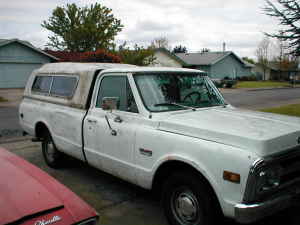
Yankee Ingenuity
It was during the seventies and early eighties that people began to look for creative ways to fight back. Although gasoline prices were nowhere near the extremes seen recently, it was still a tremendous adjustment for people back then. Manufacturers were experimenting with different designs, and making vehicles smaller, and car owners were experimenting and tinkering with their own autos trying to find ways to improve effiiciency.
Some of these ideas were pretty sound, and some were a little beyond left field. One idea advocated using the car's engine to power a hydraulic pump which then drove the vehicle through the use of a hydraulic motor coupled to the drive wheels. The professed advantage was that excess pressure could be stored in a tank, and the engine would then shut off allowing the vehicle to be propelled through the pressure that had been built up. When the pressure dropped to a certain point, the engine would once again start, and repeat the process. Although a working prototype was developed, it was never put into production.
On the other hand, the guys working in their garage were trying things like injecting a small amount of water into the cylinder at the time the spark plug fired. The hope here, was that the water would vaporize into steam and provide a boost of power beyond what the gasoline by itself could offer.
Another theory was to drill a pair of small holes through the gas bowl of the carburetor, one on each side, and thread a small piece of copper wire completely through from one side to the other. The remaining gaps between the holes in the gas bowl and the wire were sealed off with some sort of sealant and the copper wire was attached to the exhaust manifolds on either side of the engine. The belief here was that heat from the exhaust would be transferred to the gasoline, and the warmed up gasoline would then vaporize easier and burn more efficiently. It's probably a good thing this never caught on.
My first car was a lot like this one.
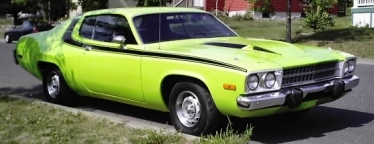
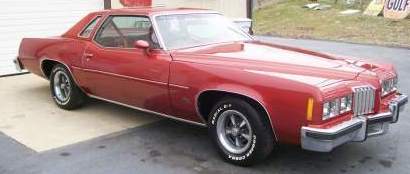
David Arthur
While my friends and I were discussing what others were doing, and cussing the high price of gas and doing nothing about it ourselves, a gentleman in Springdale, Arkansas was tinkering in his own garage and coming up with an answer. David Arthur had his own electronics business, and more than enough knowledge about electrical things. He also had enough imagination and ambition to put his knowledge to use. It took him about a month, working in the evenings and on weekends, and in the end, he built a hybrid car that offered seventy-five miles per gallon, and was capable of speeds up to ninety miles per hour. Now the kicker here is that it not only worked, but worked very well, and most of all, he did this in nineteen-eighty.
That's right, long before Toyota released the Prius. Decades prior to any of the other hybrids that can be seen on the road, the highways in northwest Arkansas were being used by a converted Opel, with easily obtained componants powering it. And even more surprising, the technology actually dated back almost to World War Two.
What's more, the design wasn't really even complicated. The power was provided with an electric motor that came from a jet engine, and had originally been used as a starting motor. The generator was also commonly available, and it was driven by a small, low horsepower motor off of a lawnmower or something simialr. Four twelve volt batteries stored and supplied power, and Mr. Arthur built the circuitry and other things that were needed with parts that could be purchased from local businesses.
Opel GT
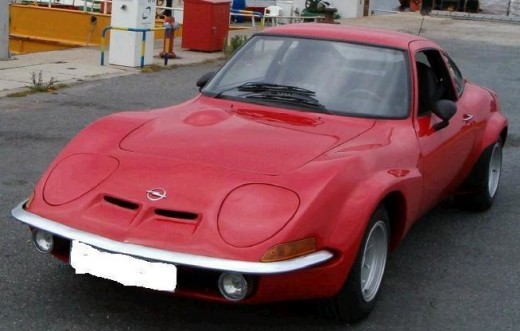
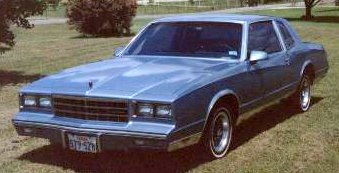
Spreading the word
Now as I mentioned earlier, this happened in nineteen-eighty. This was before any major manufacturer had anything like it in their product offering, Televisions back then were mostly floor standing console models, and large screens had not been developed. Computers were in use sporadically in some places, but the PC was still a few years away from starting its popularity sweep. And the internet wouldn't begin to affect people's lives for about fifteen years. So it's not surprising that the story of David Arthur's Opel didn't spread nationwide. Remember that one I told you about earlier, a hybrid vehicle using a hydraulic system? If memory serves, this was a research project by one of the big three. I read the story in either a Popular Science or Popular Mechanics magazine, but neither made any mention of the guy in Arkansas. I guess the story either didn't reach these publishers or didn't impress them very much..
But this was the late seventies, after all, and our country wasn't too far removed from the hippie era. Maybe because of this, when Mother Earth News started publishing, there was an eager market for the "back to basics" and conservation methods displayed on the magazine's pages. And it was in Mother Earth News, that David Arthur's amazing car was first revealed. Looking back, his accomplishment deserved wider exposure, but no one else picked the story up, and now when Toyota, or GM or Ford releases a hybrid vehicle, we marvel and cheer and wonder if the potential fuel savings will offset the auto's somewhat higher price.
Now admittedly, the Opel lent itself well to the conversion. You'll probably note, the car is not huge. It looks a little like a miniature version of a nineteen sixty-eight Corvette, and only holds two people, so it probably didn't use a lot of gas running with the original engine. So one could say that although the conversion was a brilliant idea, the end result is less impressive. But, again, remember, this was in nineteen-eighty, and some of the things being done today aren't that much better when compared objectively. Beyond the newer, modern, and attractive trappings, the basic functionality of the converted Opel in some ways is superior to the newer models. Case in point, the mileage. EPA estimates for most of the commercially available hybrids today still fall short of the seventy mpg exhibited by this remarkable vehicle.
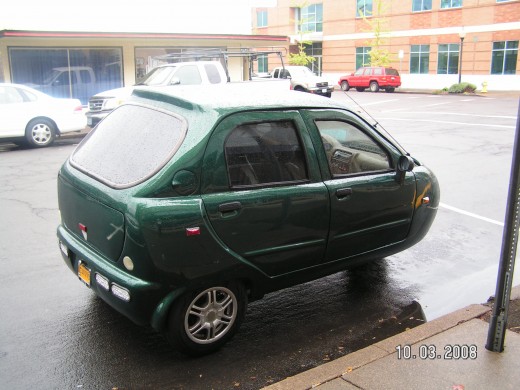
David Arthur's dream lives on.
If David Arthur had simply converted an Opel GT to a gas/electric hybrid and used it for his own personal use, the story would probably have ended there. But of course, Mother Earth News caught wind of it, and told the story even if it didn't reach everyone in the world. But Mr. Arthur didn't stop there. He converted another vehicle, a Volkswagon Van to a hybrid as well, and used it for delivering items relating to his business. And Mother told that story too. In fact, the Mother Earth News archives on their web site list a total of three articles relating the original account and updates. These accounts can still be looked up and read in their original content. And, Mother Earth was so impressed that they came up with plans for building your own version of the Arthur Car, and have been offering for sale, those plans since the story originally broke. For those who are interested, these plans can be purchased by clicking on the link on their web site.
- Web page for Mother Earth News Magazine
Read the online version of Mother Earth News. Opportunities to subscribe to print version are posted there or you can pruchase your own set of plans.
What it meant to us.
Back when gas was fifteen to twenty-five cents per gallon, there was little incentive for people to economize. It wasn't unusual for folks back then to take a leisurely Sunday drive for a few hours, and even for teens during those days, cruising the streets was a common pastime. There was no oil shortage, and an abundant supply of affordable gasoline was available. Even so, when things started falling apart, our leadership, fuel suppliers, and automakers all failed to deliver what a genius working part time in his own garage was able to create in about a month's time. And looking back at what he did and how he did it, it's a little disappointing to see that it took so long for manufacturers to catch up. And when they finally did release their version, I myself, wonder if it was all it could have been in consideration of the one in Arkansas. But even more than this, I also wonder what would have happened if the news had spread faster and farther. Perhaps, if someone had taken an earlier and closer look at that Opel, hybrids could have been intoduced ten to fifteen years earlier. Perhaps also, this would have been at a more favorable price. And maybe, just maybe, some of the record consumption of the last few years could have been avoided.


